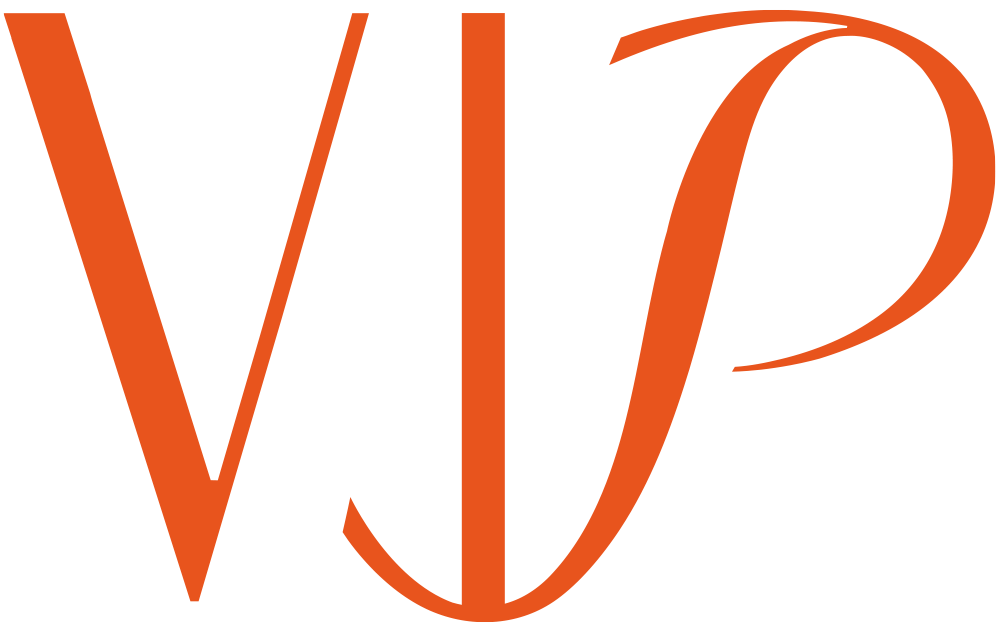Title of Presentation:
“Functional Septoturbinoplasty Performed Concurrently with External Rhinoplasty in Patients with Septal Deviation”
Conference:
62nd Spring Meeting of the Korean Society of Plastic and Reconstructive Surgeons
Venue:
Hotel Inter-Burgo, Daegu
Date:
May 12, 2007
Summary:
At the 62nd Spring Meeting of the Korean Society of Plastic and Reconstructive Surgeons, held at Hotel Inter-Burgo in Daegu starting May 10, 2007, Dr. Myung-Ju Lee presented on the topic of “Functional Septoturbinoplasty Performed Concurrently with External Rhinoplasty in Patients with Septal Deviation.”
According to data from VIP Plastic Surgery Clinic, where Dr. Lee practices, the team studied patients who had septal deviation and nasal obstruction over the past four years. Approximately 80% of these patients were undergoing revision surgery. Specifically, 71% arrived with an uncorrected septal deviation, and 29% had previously received an incomplete septal surgery that resulted in inadequate functional improvement and unresolved nasal deformities—necessitating additional corrective procedures. Because patients in these revision cases often lack sufficient autologous tissue for grafting, supplemental ear or rib cartilage may be required.
Many of these patients reported that their nose appeared more deviated following the initial procedure, had asymmetrical nostrils, and suffered from persistent nasal obstruction, even after septal surgery. Dr. Lee explained that these problems typically arise when a pre-existing septal deviation or nasal obstruction is overlooked, when septal correction is performed inadequately, or when external rhinoplasty is conducted without addressing internal nasal structures. Such shortcomings inevitably increase the likelihood of additional revision surgeries, placing a greater burden on patients.
To address these challenges, VIP Plastic Surgery Clinic employs a range of techniques—such as rotation-advancement procedures, septal resection, bony spur removal, septal strut grafting, dorsum grafting, and turbinoplasty—all in a single operation, achieving favorable outcomes.
Dr. Lee emphasized that the external appearance of the nose is closely tied to the condition of the nasal septum. Therefore, correction of septal deviation must be included in rhinoplasty whenever necessary. Since septal surgery is closely linked to turbinate function, a concurrent turbinoplasty should also be performed if indicated. Furthermore, by using septal cartilage during rhinoplasty, both the nose’s external contour and internal function can be corrected simultaneously, leading to improved long-term results.




